Hello once again, Oswegonians.
The middle of the semester has been a tough one, both mentally and weather-wise! The weather has been flip-floppy, going from a mild February pattern featuring several 60º+ days to a snowy and cold March in a matter of days. Welcome back to winter, round 2!!
The weather…well, that went on spring break too, apparently. Mid last week, a large nor’easter tracked up the coast, delivering snow that was measured in feet to nearly all of New York State. Oswego measured approximately 10 inches from this event, however the wind whipped up some 3-6 foot drifts across campus. My area (Ithaca) received between 15-27 inches of snow, while some locales in the western Catskills and Mohawk Valley picked up well over 30″. Talk about snowed in!
Today, Mother Nature has delivered a fleeting shot of Arctic air to Oswego, with the high barely climbing above 20º. Classic Spring weather moves in by Friday, with lots of rain showers in the forecast right into next week. Bye bye, snow and cold. Hopefully we can add some warm, dry days to the mix in the near future.
I’ll hopefully have another post soon with more content. Until then, have a great week Oswego!



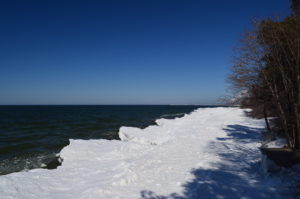
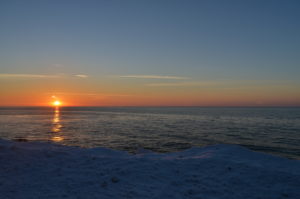
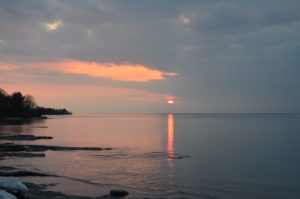
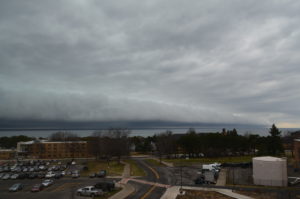

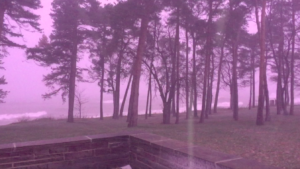
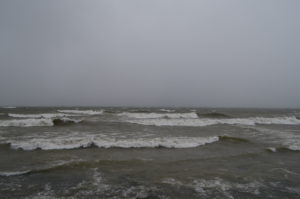
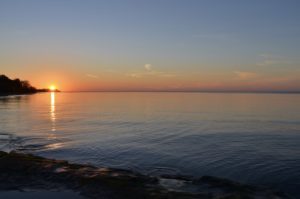
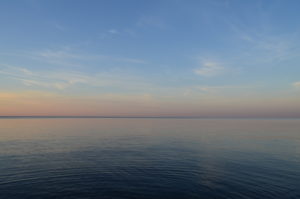
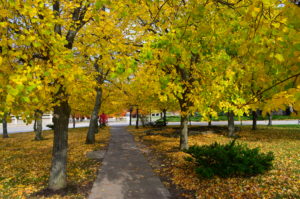
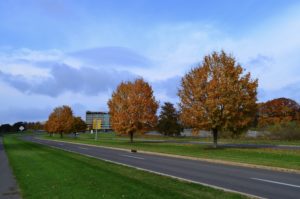
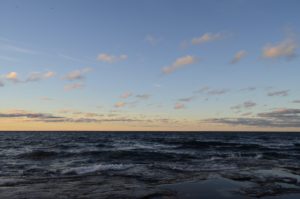
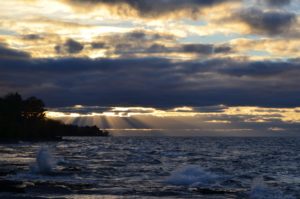
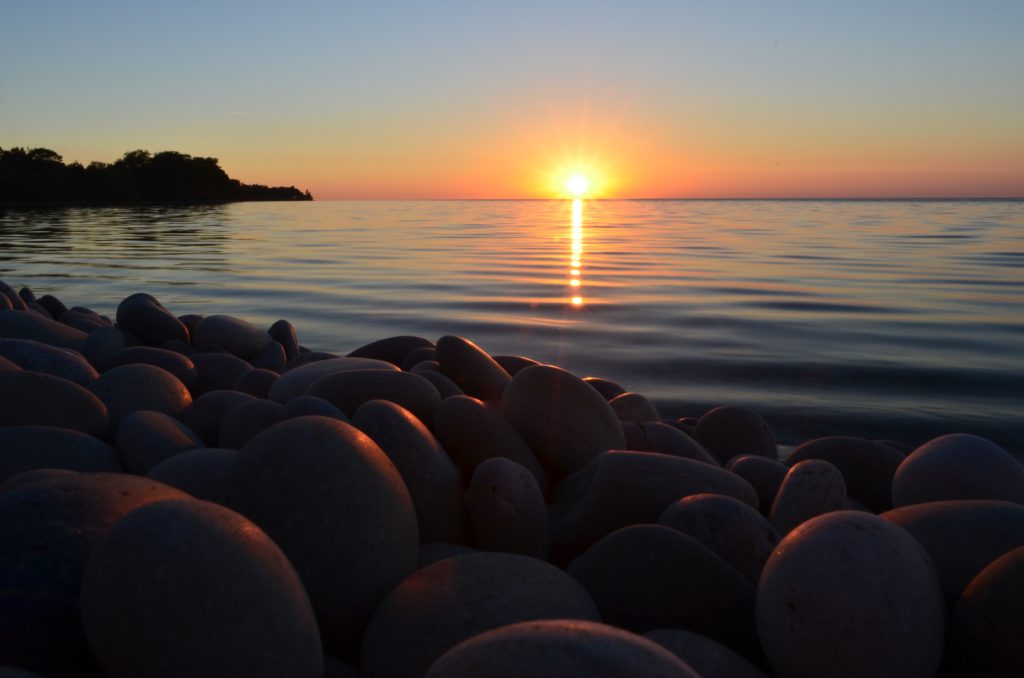
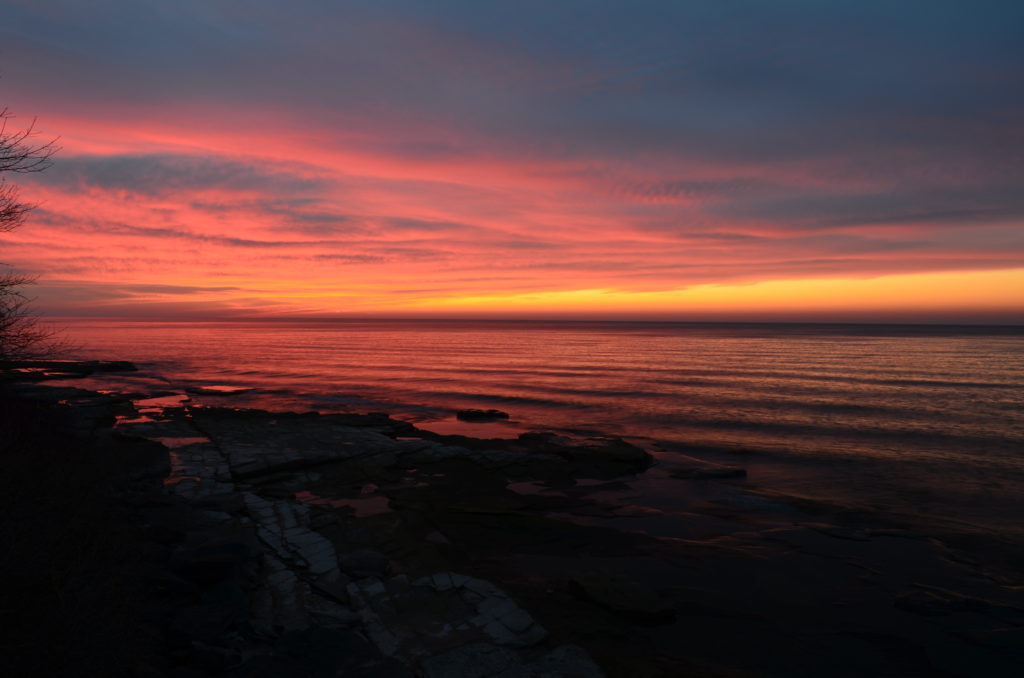
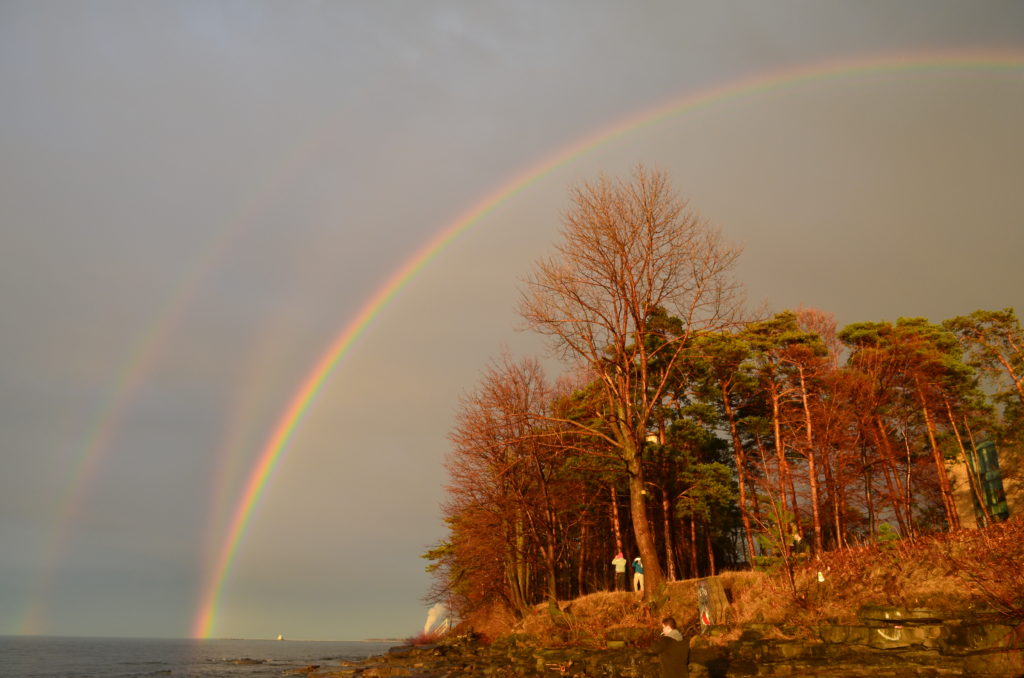
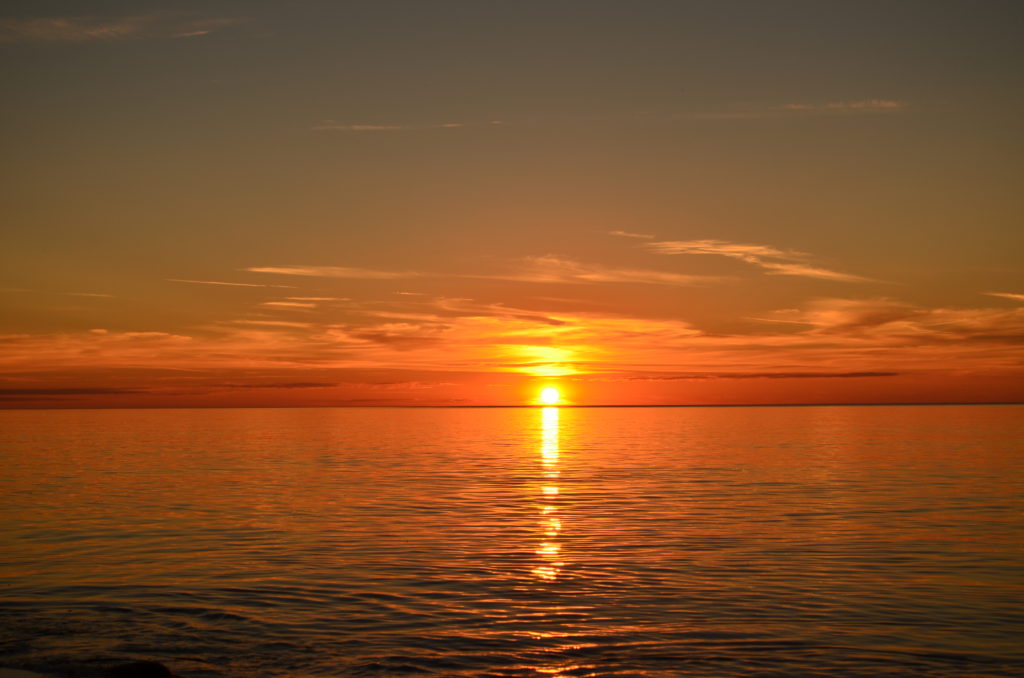
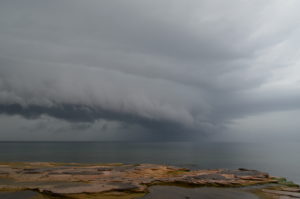

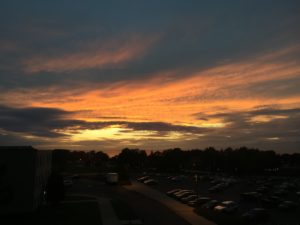







![A tranquil sunset on Sept. 21 at the campus lakeshore. [Photo credit: Matthew Seymour]](http://studentblogs.wpengine.com/wp-content/uploads/2016/09/DSC_0306-300x199.jpg)
![A large wave crashes into the lakeshore the evening of Sept. 23, during strong northerly winds that followed the passage of a cold front in the morning. [Photo credit: Matthew Seymour]](http://studentblogs.wpengine.com/wp-content/uploads/2016/09/DSC_0360-300x199.jpg)